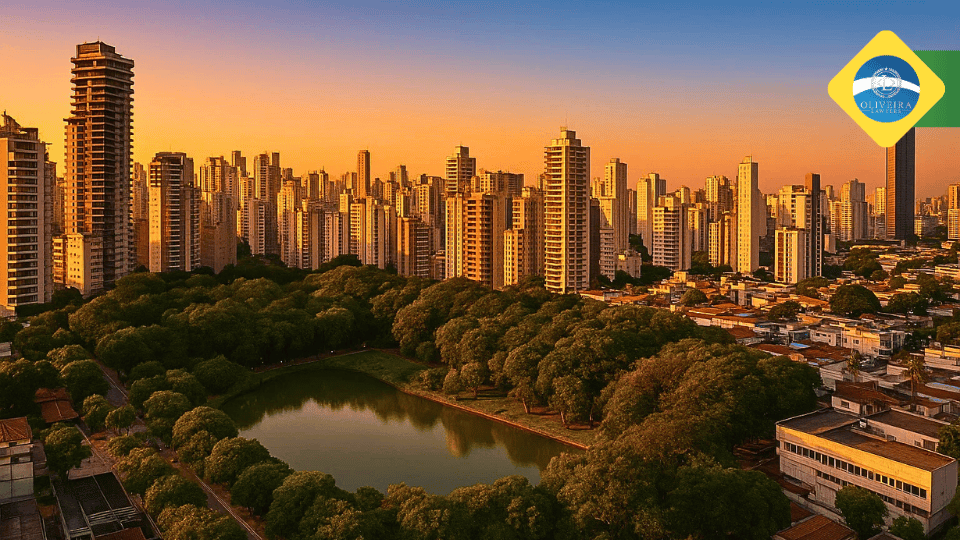Goiás, Brazil – Fertile Plateaus and Cultural Heritage

Spanning lush plateaus and savanna grasslands, Goiás invites those seeking a blend of city life and natural beauty. Many expatriates find living in Goiás rewarding thanks to its modern capital, Goiânia, and charming towns like Pirenópolis. Professionals working in Goiás fill positions in agribusiness, renewable energy and public administration. And with a moderate Goiás cost of living, newcomers often enjoy quality housing and services at lower prices than in Brazil’s larger metro areas.
1) Goiás Location and Geography
Nestled in Brazil’s Central-West region, the state covers 340 086 km² of cerrado, rolling hills and river valleys. Goiânia, the capital, sits on a high plateau at 749 meters, offering a mild climate year-round. Those choosing to live here often pick cities like Anápolis for industrial jobs or Caldas Novas for its thermal resorts.
Suggested resource: Portal do Governo de Goiás website (www.goias.go.gov.br) for geographic and administrative updates.
2) Goiás Cultural Highlights
Colonial towns like Goiás Velho, a UNESCO World Heritage site, showcase baroque churches and cobblestone streets. Festivals such as the Festival de Cinema de Goiás and Festa do Divino Espírito Santo reflect rich history and community spirit. Art lovers can visit galleries and sample empadão goiano at local markets.
Suggested resource: Museu de Arte Contemporânea de Goiás website (www.mac.go.gov.br) for insights into regional art and traditions.
3) Main Cities
4) Economy and Investment Opportunities
Agriculture drives much of the economy, with soybeans, corn and cattle ranching covering large areas. Goiás also leads in fertilizer production and hosts chemical plants that serve national markets. Manufacturing hubs around Goiânia and Anápolis focus on automotive parts and electronics. Lower operational costs and the Goiás cost of living attract entrepreneurs seeking reliable returns.
Suggested resource: Federation of Industries of Goiás website (www.fieg.org.br) for information on industrial growth and business networking.
5) Tourism and Nature
Caldas Novas draws visitors to its thermal springs and water park complexes. Emas National Park offers guided safaris to see rare wildlife like giant anteaters in the cerrado. Adventure seekers explore the Araguaia River by paddleboard or stay at eco-lodges in riverine villages.
Suggested resource: Tourism Department of Goiás website (www.turismo.go.gov.br) for up-to-date travel itineraries and ecotourism programs.
6) Goiás Lifestyle and Infrastructure
Goiânia and Rio Verde feature modern hospitals, international schools and high-speed internet. Major highways such as BR-060 and BR-153 connect Goiás to Brasília and São Paulo. In outlying towns, buses and local vans navigate unpaved roads, preserving the state’s relaxed rural culture.
Suggested resource: O Popular newspaper website (www.opopular.com.br) for local news and infrastructure updates.

